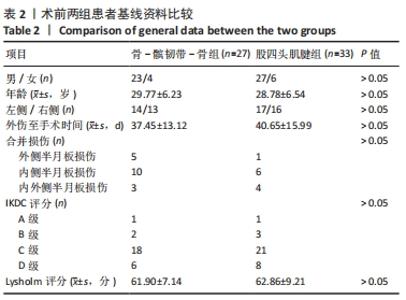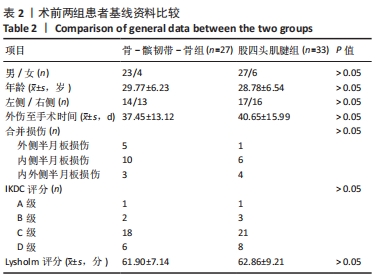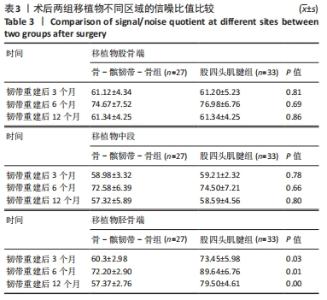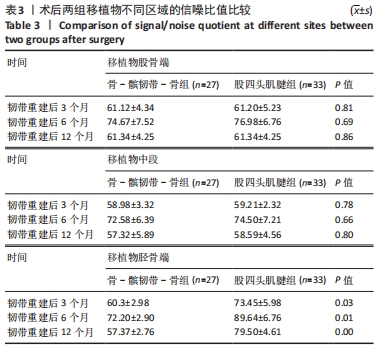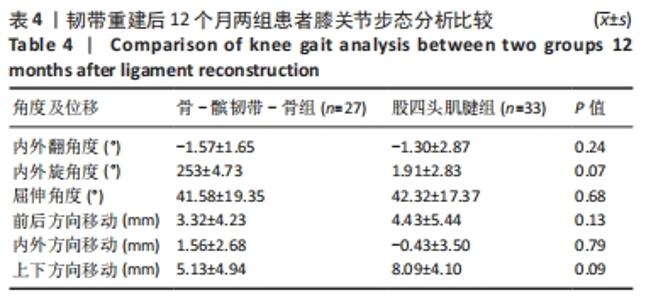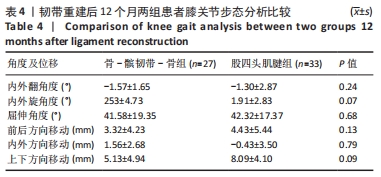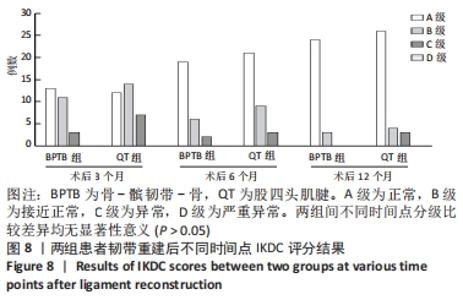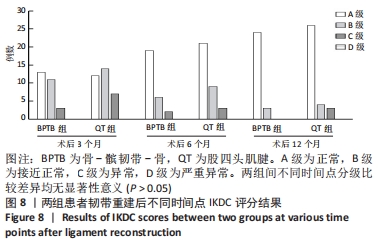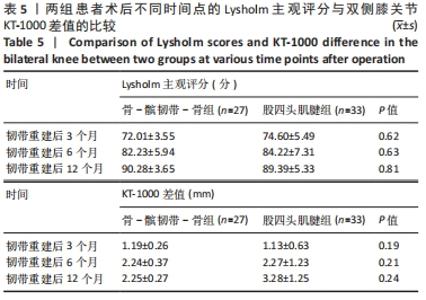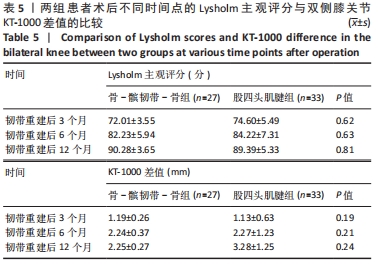| [1] |
Wang Jianping, Zhang Xiaohui, Yu Jinwei, Wei Shaoliang, Zhang Xinmin, Xu Xingxin, Qu Haijun.
Application of knee joint motion analysis in machanism based on three-dimensional image registration and coordinate transformation
[J]. Chinese Journal of Tissue Engineering Research, 2022, 26(在线): 1-5.
|
| [2] |
Wu Bingshuang, Wang Zhi, Tang Yi, Tang Xiaoyu, Li Qi.
Anterior cruciate ligament reconstruction: from enthesis to tendon-to-bone healing
[J]. Chinese Journal of Tissue Engineering Research, 2022, 26(8): 1354-1360.
|
| [3] |
Liu Dongcheng, Zhao Jijun, Zhou Zihong, Wu Zhaofeng, Yu Yinghao, Chen Yuhao, Feng Dehong.
Comparison of different reference methods for force line correction in open wedge high tibial osteotomy
[J]. Chinese Journal of Tissue Engineering Research, 2022, 26(6): 827-831.
|
| [4] |
Shao Yangyang, Zhang Junxia, Jiang Meijiao, Liu Zelong, Gao Kun, Yu Shuhan.
Kinematics characteristics of lower limb joints of young men running wearing knee pads
[J]. Chinese Journal of Tissue Engineering Research, 2022, 26(6): 832-837.
|
| [5] |
Huang Hao, Hong Song, Wa Qingde.
Finite element analysis of the effect of femoral component rotation on patellofemoral joint contact pressure in total knee arthroplasty
[J]. Chinese Journal of Tissue Engineering Research, 2022, 26(6): 848-852.
|
| [6] |
Yuan Jing, Sun Xiaohu, Chen Hui, Qiao Yongjie, Wang Lixin.
Digital measurement and analysis of the distal femur in adults with secondary knee valgus deformity
[J]. Chinese Journal of Tissue Engineering Research, 2022, 26(6): 881-885.
|
| [7] |
Zhou Jianguo, Liu Shiwei, Yuan Changhong, Bi Shengrong, Yang Guoping, Hu Weiquan, Liu Hui, Qian Rui.
Total knee arthroplasty with posterior cruciate ligament retaining prosthesis in the treatment of knee osteoarthritis with knee valgus deformity
[J]. Chinese Journal of Tissue Engineering Research, 2022, 26(6): 892-897.
|
| [8] |
Yang Yang, Li Naxi, Zhang Jian, Wang Mian, Gong Taifang, Gu Liuwei.
Effect of tourniquet combined with exsanguination band use on short-term lower extremity venous thrombosis after knee arthroscopy
[J]. Chinese Journal of Tissue Engineering Research, 2022, 26(6): 898-903.
|
| [9] |
Li Jie, Zhang Haitao, Chen Jinlun, Ye Pengcheng, Zhang Hua, Zhou Bengen, Zhao Changqing, Sun Youqiang, Chen Jianfa, Xiang Xiaobing, Zeng Yirong.
Anterior cruciate ligament rupture and patellofemoral joint stability before sagittal and axial measurement using MRI
[J]. Chinese Journal of Tissue Engineering Research, 2022, 26(6): 969-972.
|
| [10] |
He Junjun, Huang Zeling, Hong Zhenqiang.
Interventional effect of Yanghe Decoction on synovial inflammation in a rabbit model of early knee osteoarthritis
[J]. Chinese Journal of Tissue Engineering Research, 2022, 26(5): 694-699.
|
| [11] |
Lin Xuchen, Zhu Hainian, Wang Zengshun, Qi Tengmin, Liu Limin, Suonan Angxiu.
Effect of xanthohumol on inflammatory factors and articular cartilage in a mouse mode of osteoarthritis
[J]. Chinese Journal of Tissue Engineering Research, 2022, 26(5): 676-681.
|
| [12] |
Wei Xing, Liu Shufang, Mao Ning.
Roles and values of blood flow restriction training in the rehabilitation of knee joint diseases
[J]. Chinese Journal of Tissue Engineering Research, 2022, 26(5): 774-779.
|
| [13] |
Pan Hao, Zhao Huihui, Wang Jiangjing, Wang Feng, Wang Peng, Shi Qiuling, Guo Jin, Li Lin, Liu Guoqiang.
Comparison of kinematic alignment and mechanical alignment to guide gait after total knee arthroplasty
[J]. Chinese Journal of Tissue Engineering Research, 2022, 26(3): 365-370.
|
| [14] |
Qu Pengfei, Wang Huisheng, Li Xi.
Correlation between blood loss during primary total knee arthroplasty and hypoalbuminemia and hypocalcemia after arthroplasty
[J]. Chinese Journal of Tissue Engineering Research, 2022, 26(3): 376-382.
|
| [15] |
Deng Zhaoyang, Yang Zhaohui.
Three-dimensional model analysis of tibial plateau fracture lines
[J]. Chinese Journal of Tissue Engineering Research, 2022, 26(3): 334-339.
|


